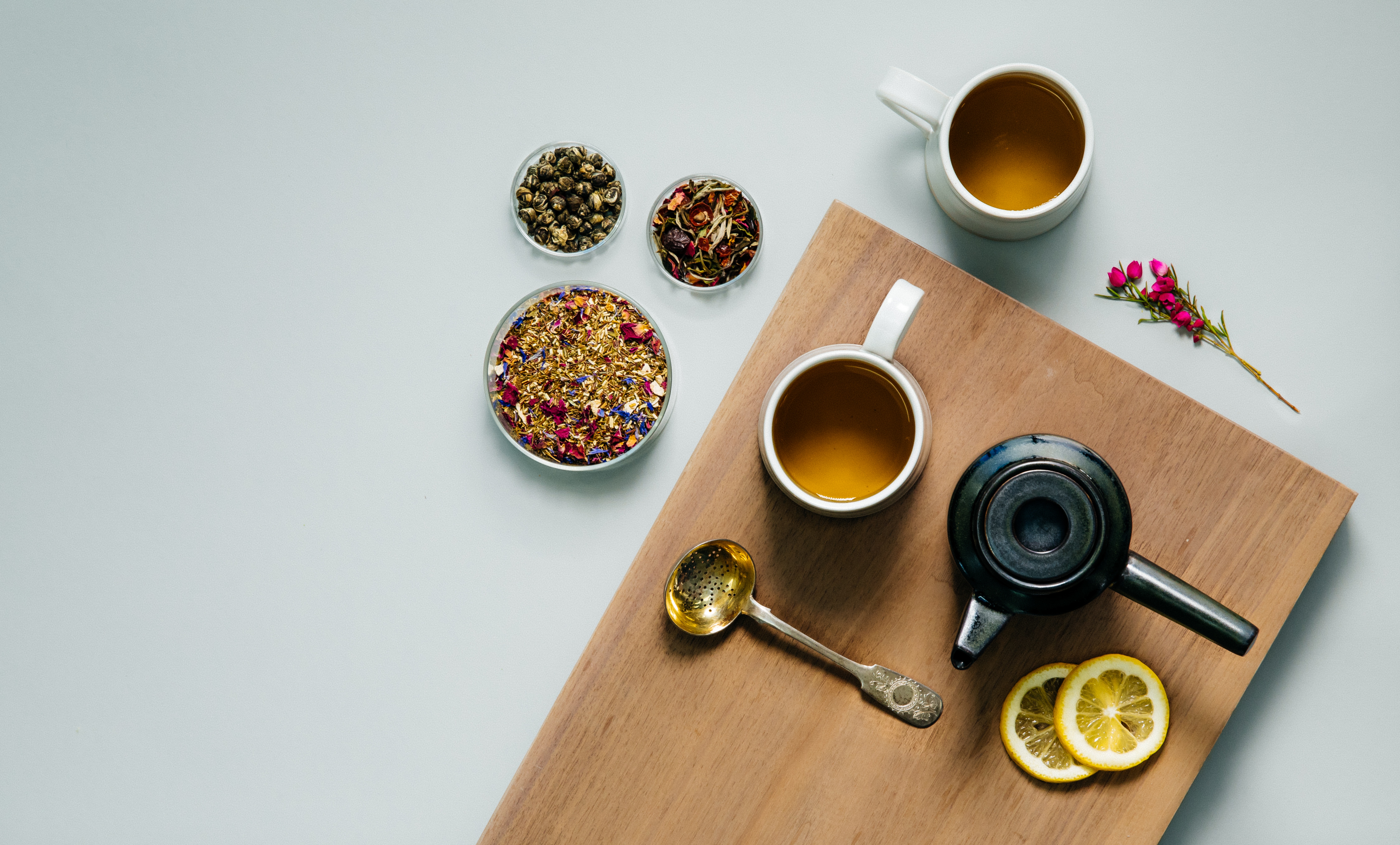Ever wonder why the same type of tea from different areas of the same country have totally different cup characteristics? Or why the same type of tea from different countries are radically different in appearance? The simple answer is the tea’s terroir. However, the concept of terroir is a little more complicated. In fact, there are entire books dedicated to just this one subject matter alone.

If you are a wine aficionado, you have most likely come across this term before. French winemakers originally developed the concept of terroir, which became the basis for the French wine appellation d’origine controlee (AOC). This is the model for wine appellation and regulation in France, which then spread around the world. Today, terroir is used in many food and beverage artisanal industries and each have varying definitions of what terroir means. Even wine experts cannot agree totally on its definition. Luckily, the majority of tea professionals can agree that terroir refers to: climate, soil, altitude, and latitude. Other factors that have an effect on terroir, to a lesser degree, include: cultivation method, plant material (varietal or cultivar), growing season, type of plucking, and historical practices.
Climate is critical to the development of flavor, aroma, and survival of the plant. Tea grows best in tropical or subtropical regions, which provides the plant with the water, humidity, sunlight and temperature it needs. Tea does not survive well in an environment that is too hot or too cold; though some cultivars have been created to grow in such areas. However, climates that are too constant will develop simple tea cup characteristics. The tea plant requires some climate stress so that its internal defenses, called secondary metabolites, kick in. These internal defenses help develop complex and unique flavors and aromas. Tea from Darjeeling, India is the perfect example of this.
Soil quality is important to ensure that the plant gets the nutrients it needs to grow and thrive. Though we often refer to the tea plant as a bush, when left to grow in the wild, it can grow to over 30 feet, which is more like a tree. The root system of a cultivated tea bush is about six feet deep, so soil that is loose without limestone or clay, is necessary. The tea bush does well in many different soil types, as long as the soil is acidic, with a pH between 4.5 to 5.5. This allows for those nutrients to be absorbed more easily. The soil must have good moisture but not retain too much water or the plant will drown. This is why we often see tea estates or gardens planted on hillsides. Minerals are also critical to the tea’s internal functions, making a big impact on the tea taste. Wuyi Oolongs are prized for their mineral cup character, which is due to the soil’s high mineral content.
Altitude plays a key role in the development of essential oils which are responsible for a tea’s aromatics. High altitude stress on the plant, kicks in those secondary metabolites and encourages development of exquisite aromas. At this altitude, the tea growth is slowed and the essential oils are allowed to concentrate further. Stressors such as UV radiation from the sun, warm days, cold nights, mist, and lack of oxygen, all play roles in the development of these aromatics. Taiwanese oolongs that are grown above 5,000 feet, are a perfect example.
Latitude is one of the factors that denotes the number of flushes the tea plant will have for harvesting. At latitudes closer to the equator, tea can be harvested all year long. Sri Lanka, for example, at a latitude of eight degrees north, produces tea all year long, with a new flush about every 80 days. However, travel north or south more than fifteen degrees and the tea can go dormant over the winter months. During this time, when nights are longer and temperatures are cooler, the tea becomes stressed. The first flush harvested after this dormant cycle, produces some of the most expensive teas.
Other factors that have an impact are due to human interaction with the processing of the plant material. Cultivation methods having an impact on the tea include:
- Japanese steamed green teas versus Chinese pan fired green teas
- Orthodox processing versus CTC processing
- Machine plucking versus hand plucking
- Withering method
- The entire oolong processing method
- Plucking standard
- Firing method
Understanding the terroir of your favorite tea gives you insight into the type of teas you enjoy. This makes it easier for you to seek out new teas to try with a better rate of success. Just remember, tea is still an agricultural product and sometimes variations from crop-to-crop cannot be helped. Certain characteristics that are prominent one year, may be more reserved in other years. At Art of Tea we strive to bring you the best consistency every time you make a purchase.
Art of Tea is an award winning purveyor of specialty and organic teas, based in Los Angeles, CA.
If you found this article helpful, please share it with coworkers, colleagues, and fellow lovers of tea.

